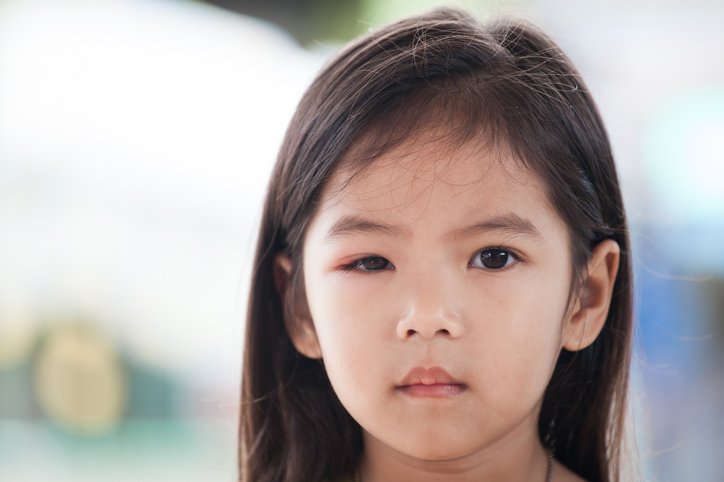
Pink eye is a common eye condition, especially among children.
Medically termed viral conjunctivitis, pink eye can be deceptive to diagnose, and its treatment can be tricky. It is often confused with similar symptoms found in allergies, bacterial infection, and contact lens complications.
Without medical intervention, pink eye lasts around two weeks. Some cases may persist for longer.
Antibiotics are often prescribed, but they will not be effective if the cause is a virus. Talk to your eye doctor about the best practice for your individual case.
Pink eye symptoms
Signs of pink eye include:
- Redness or swelling
- Watery eyes
- A gritty feel
- Itching, irritation, or burning
- Discharge
- Crusting of the eyelids or lashes
- Sensitivity to light
Viral or not?
Viral conjunctivitis is extremely contagious and may be accompanied by the common cold or flu.
Not all conjunctivitis is contagious. While your eye may not look its best, you may be able to return to work or school without the fear of spreading the infection.
It’s vital to see your eye doctor whether your cause of pink eye is contagious or not. Viral conjunctivitis can develop into more serious health or vision issues.
Ways to prevent pink eye
Personal hygiene:
- It is important to wash your hands frequently with soap and warm water and to not share personal items like towels.
- Use hand sanitizer if you’re in a populated area.
- Don’t share personal makeup applicators or products, especially mascara wands, eye shadows, and eyeliner.
- Never share contact lenses
Eye care:
- Avoid touching or rubbing your eyes if you have contracted pink eye.
- Remember to remove contact lenses at night and follow lens hygiene instructions.
- Toss any contact lenses used during or prior to infection.
- Keep eyeglasses clean.
- Use goggles in a swimming pool and do not submerge your head in a hot tub.
We love this video from the Mayo Clinic explaining pink eye: